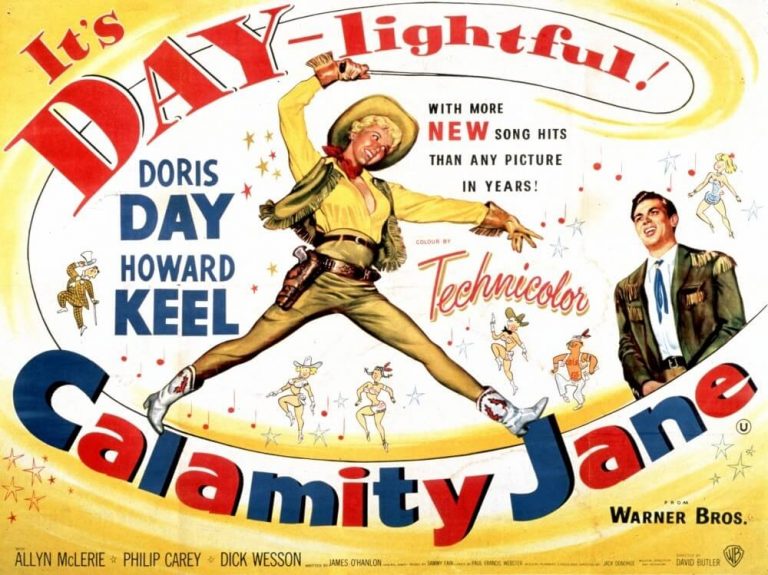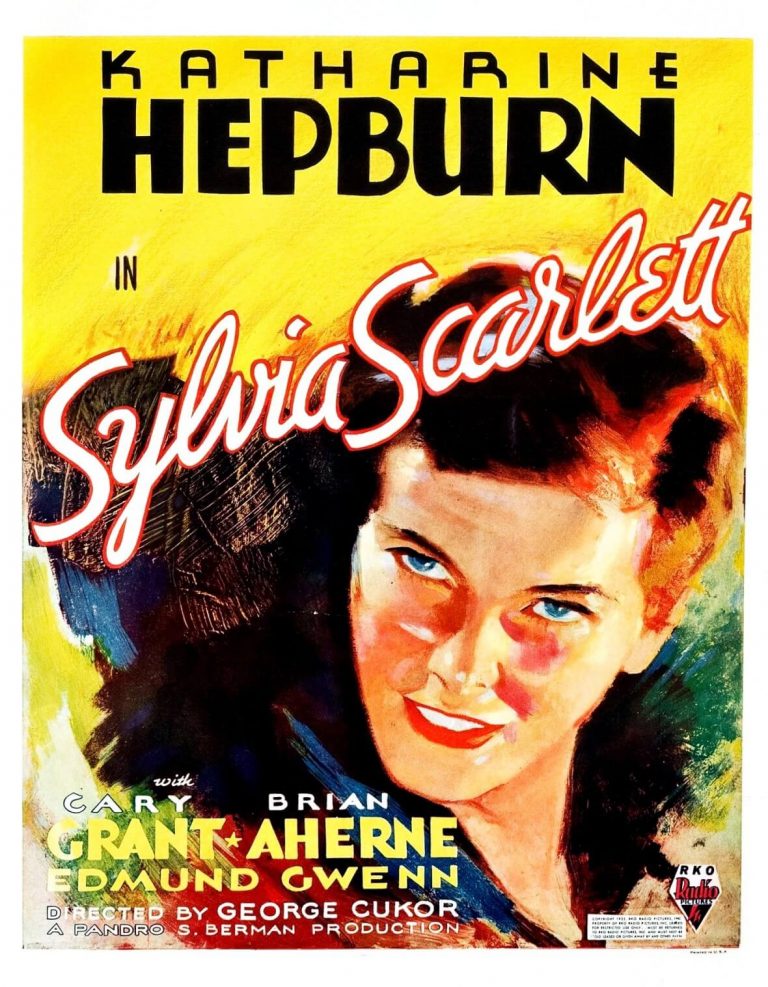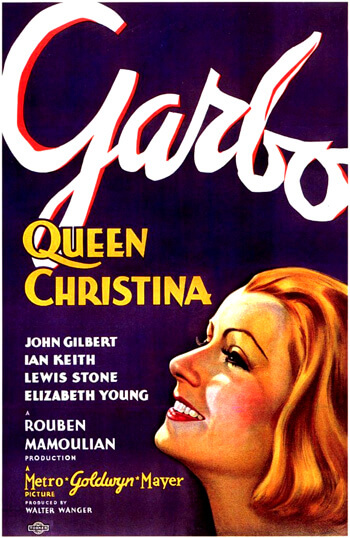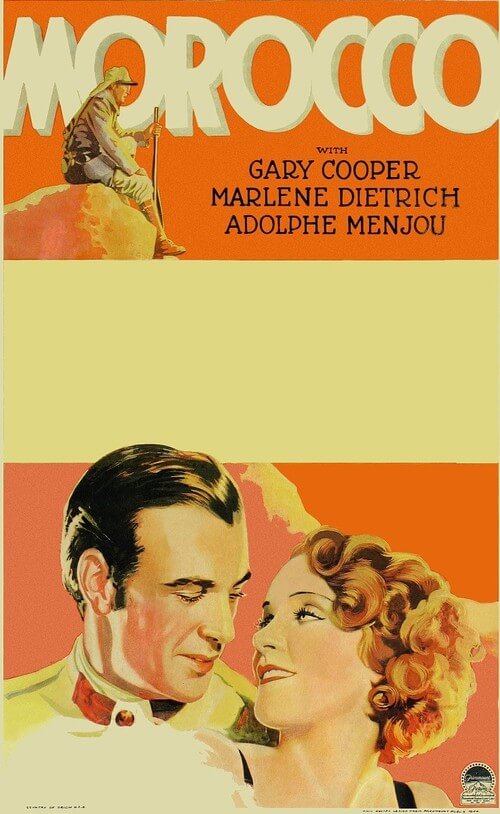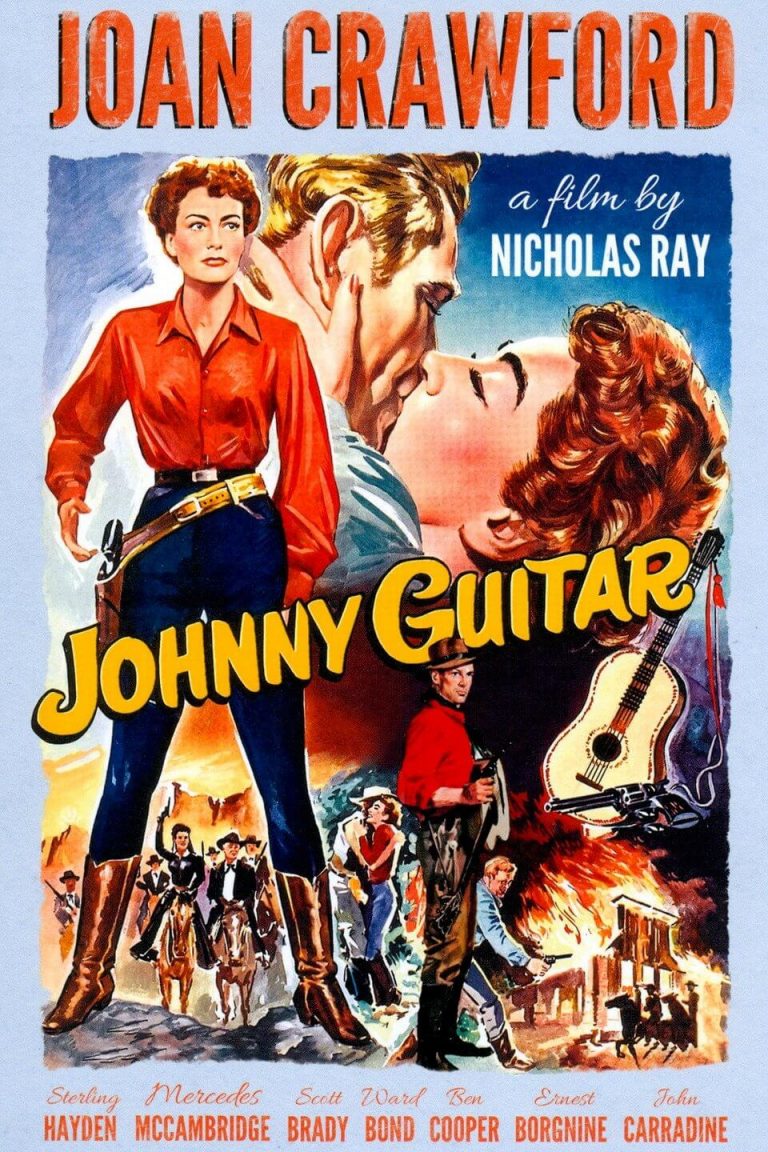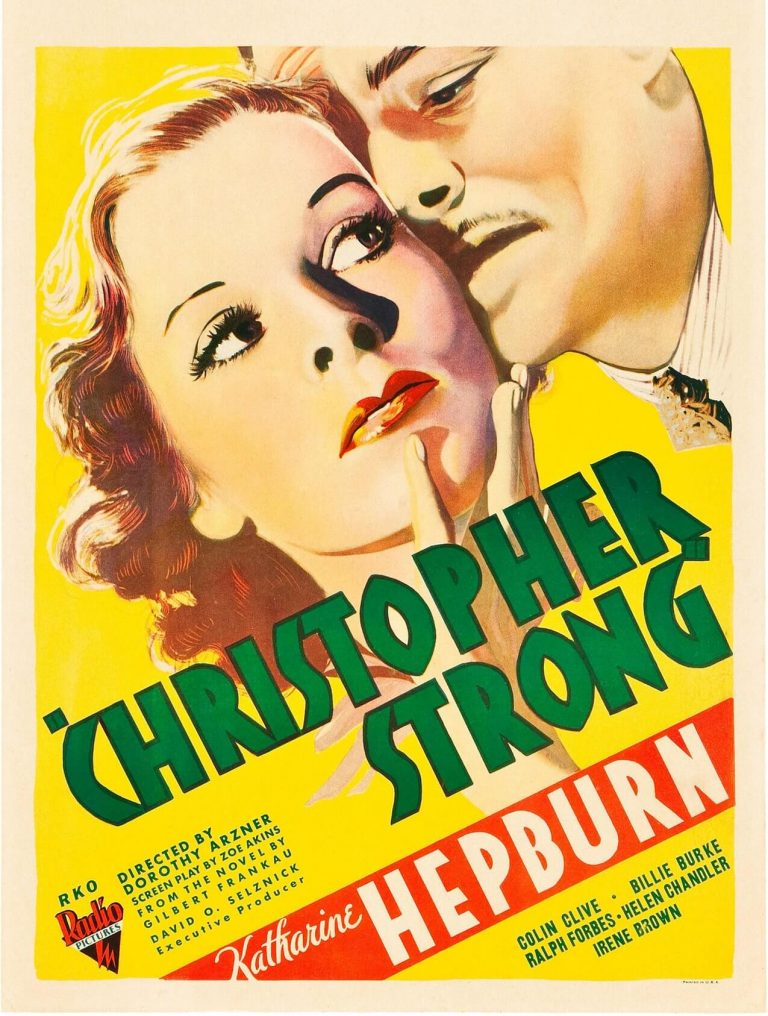Cheers to the Ladies who Futch’d
In the queer community there is a term called “futch.” Futch is a word to describe someone, usually female or non binary that is somewhere in the middle of femme and butch. I started to think about this word and how futch has been in movies for as long as film has been around. There are so many movies where a female character is questionably queer, because they are for the most part more “masculine”, but every now and then have a moment where they are like “oh wow we must act like women now”, to throw off the lesbionic scent. Since there are so many instances of these types of character tropes I thought I would make a list of the most iconic futch ladies in classic film.
Calamity Jane from Calamity Jane (1953)
In this technicolor musical spectacular, Doris Day charmed audiences as the title character in Calamity Jane. Based loosely on the real life Calamity Jane, the character of Jane is a tough, masculine-presenting woman of the Wild West. Jane is clearly queer, singing a song called “Secret Love”, a song with clear gay undertones, and even has “awkward” encounters with women throughout the movie. However, despite of all this Calamity is pining for the love of Howard Keel’s Wild Bill Hikcock. Even though she has such clear queer undertones, we still needed Day to chase and love a man so people wouldn’t think anything if the sort, although everyone totally did.
Sylvia Scarlet from Sylvia Scarlet (1935)
In this 1930’s drama, Katharine Hepburn plays a woman who dresses as a young man to help her debt ridden father. With her hair cut to a mens 1930’s style and men’s hats and clothes, Hepburn passes as a man, even fooling a woman who has the hots for Hepburn. This movie is also interesting to look back on given the rumors of Hepburn’s own sexuality, and that the film was made by George Cukor, one of the greatest film directors of all time, who also was gay.
Queen Christina from Queen Christina (1933)
Greta Garbo’s romantic drama about the real life Swedish Queen is usually talked about in queer cinema circles. This role was kind of the perfect role for the great Garbo, who was a queer Swedish actress of epic proportions playing a queer Swedish queen, in which she kisses a woman, wears pants, which yes was a very big deal in those days, and declared herself a “bachelor.” This also was very on brand for Greta, who never married. In the movie she does have a male lover who is the center point of the movie, played by John Gilbert who was once Garbo’s great love, but even then she is definitely the more “dominant one.”
Amy Jolly from Morocco (1930)
Marlene Dietrich earned her oscar nomination for playing nightclub singer Amy Jolly in this 1930 drama. Even though, once again, the main love interest is a man, Gary Cooper – which I guess if we have to have a hetero man around, why not Gary Cooper, but I digress. Despite this, the most iconic futch scene in film history comes from this film. In this specific scene, Marlene is in a tuxedo, but not a men’s tux. This tux perfectly feminized her body, playing with the masculine and feminine that Dietrich, who was also queer, became iconic for doing, especially in fashion. She also sings a song and during this song she flirts with a female patreon and then kisses her delicately on the lips. Dietrich lifts the woman’s face to her’s and after the kiss the woman blushes and giggles, making sure the audience knows that even though the main love story is between a man and a woman, it doesn’t mean Ms. Jolly is only interested in the opposite sex.
Vienna and Emma from Johnny Guitar (1953)
Westerns are always filled with extremely homosexual undertones and this western is absolutely no exception. While that tension is usually between two men, in this film the sexual tension is between two women. Joan Crawford’s Vienna and Mecredes McCambridge’s Emma are arch rivals whose hate goes back for years, but is never truly explained. This gives us ample reason to believe and honestly read between the lines that at one point these two enemies were once lovers, and Emma was more in love with Vienna, but Vienna was also in love with Johnny Guitar, played by Sterling Hayden. These two western women duke out their sexual tension all throughout this movie till death do one of them part.
Lady Cynthia in Christopher Strong (1933)
In this 1930’s pre-Code film, Katharine Hepburn, who of course makes this list more than once, plays an aviator loosely based on Amelia Earhart. In the film, due to being an aviator, she sports a more masculine style, except for when she wears a STUNNING gold costume that looked like an insect, which was probably used as a distraction from how masc Kate was throughout the picture. She also, of course, has a heterosexual romance with Colin Clive’s character, but her, um, interesting relationship with Clive’s character’s wife, is far more interesting to watch. The movie was directed by Dorothy Arzner, the first female director ever in the Director’s Guild of America, and also possibly queer herself, so this movie is worth seeing alone for seeing the work of the only prominent female director of her era.
All of these movies are important to not just queer cinema but cinema as a whole, and I recommend them all. The only one available for streaming is Johnny Guitar on Hulu, which is also the 3rd movie discussed on The Vintage Millennial podcast, my podcast where myself and a millennial guest discuss classic cinema made before the 1980s (available on iTunes and Spotify). The rest of these movies are available to rent.


